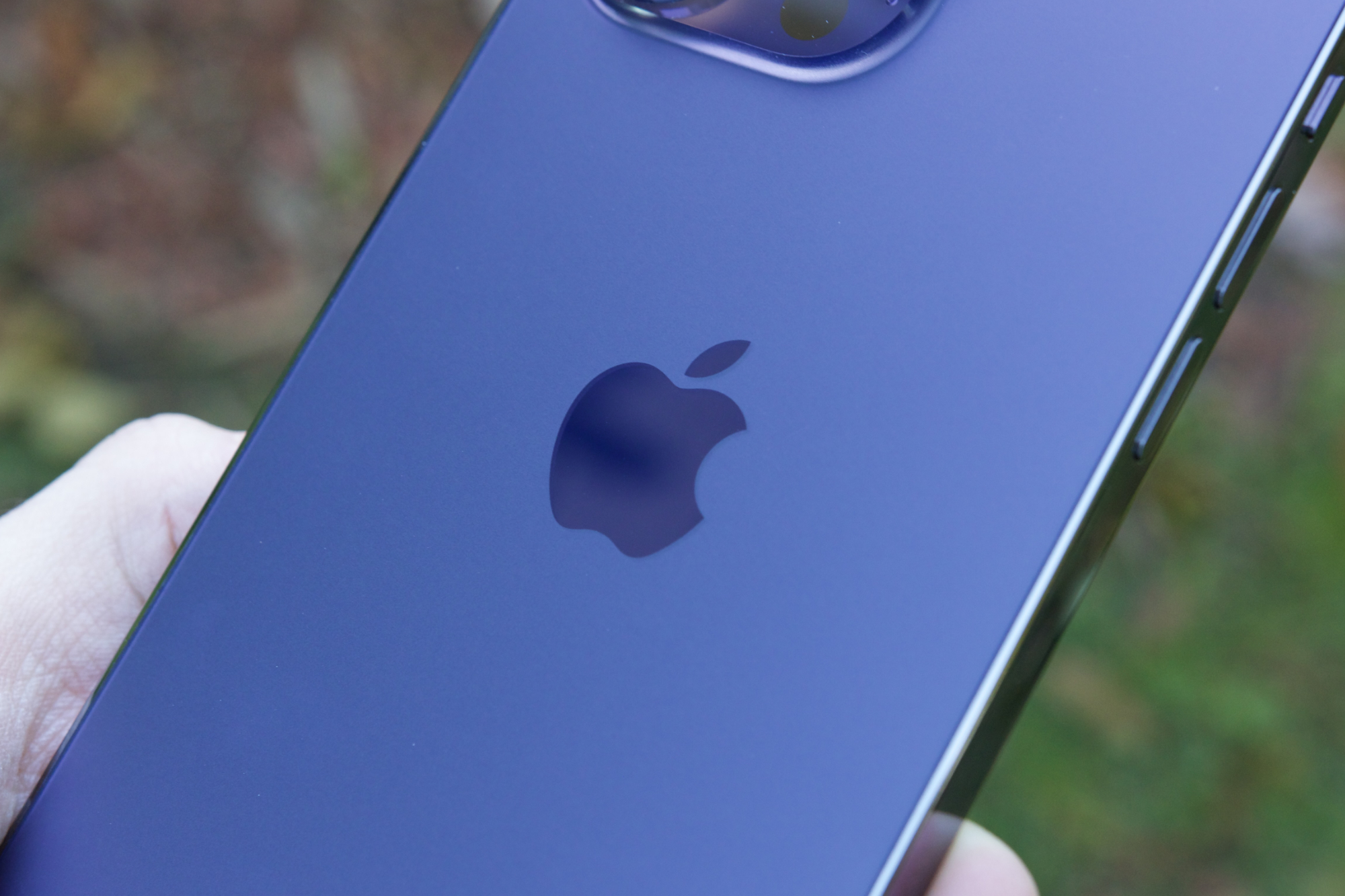Over two years ago, it was reported that Apple was preparing to launch a hardware subscription service for the iPhone — to give people a way to pay a monthly fee to get a new iPhone every year. It wasn’t a bad idea, especially with more and more companies moving toward subscription models.
However, it looks like that program is no longer happening. Fast-forward to December 2024, and Bloomberg is now reporting that the never-released iPhone subscription has been scrapped for good.
It’s unclear why Apple is killing the subscription model before bringing it to the public. Reading through Bloomberg’s report, it sounds like a fine idea:
“Instead of paying for an iPhone outright or signing up for an installment plan, customers would have a monthly fee billed to the same Apple account they use for downloading apps and subscribing to services. They’d then be able to swap out their iPhone for a new model each year.
“Like the now-defunct Apple Pay Later program, the hardware subscription would use an in-house financial infrastructure and be based on loans provided by the company itself. Early this year, Apple deployed the iPhone subscription service as a test for employees within its Pay group. Teams working on App Store billing and the online store were also involved.”

Apple currently offers the iPhone Upgrade Program, allowing people to pay for a new iPhone over 24 monthly payments, with the option to trade in the phone and upgrade once you’ve made 12 of those payments. Alternatively, Apple also offers interest-free monthly payments when you pay for a new iPhone with an Apple Card.
The now-canceled subscription service sounds like it would have been a simpler version of those other existing payment options, though perhaps Apple didn’t want to clutter things with yet another choice for people to consider. More choice is always a good thing, but the iPhone Upgrade Program already does most of what it sounds like Apple wanted to achieve with its subscription service.
Apple may go back to the drawing board and eventually launch its iPhone subscription later on down the road, though you probably shouldn’t hold your breath to see it launch alongside the iPhone 17 next year.




